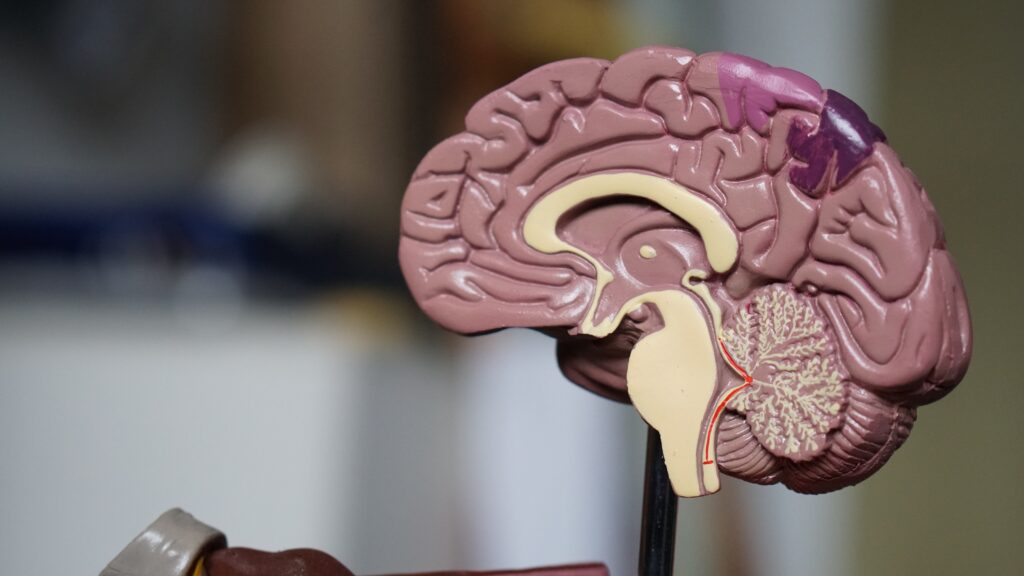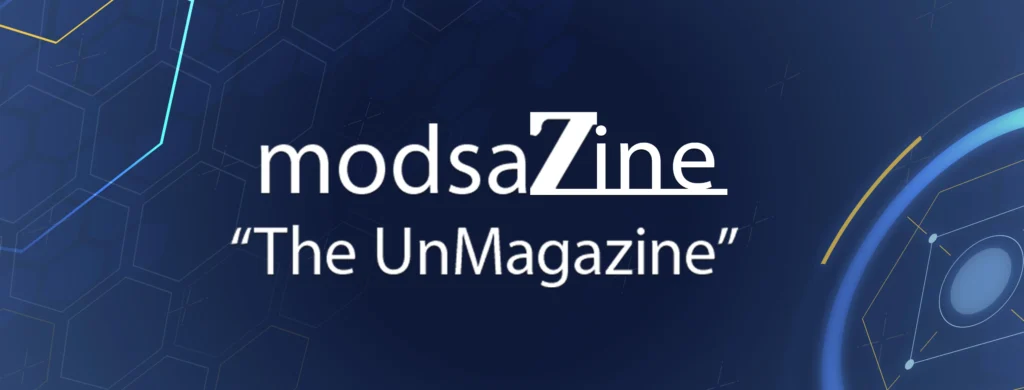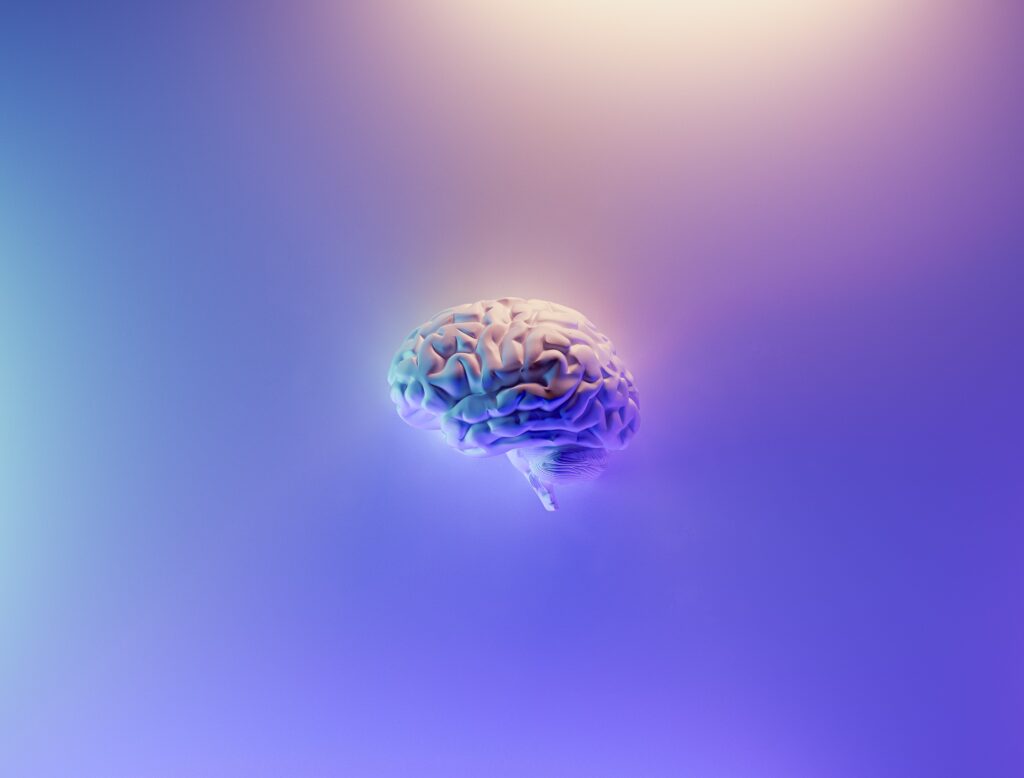
Anxiety is the most common psychiatric diagnosis globally (Global Burden of Disease Study, 2017), and the most studied and promoted psychological treatment for anxiety disorders is Cognitive Behavioural Therapy (CBT). However, there are differences in the extent to which different people benefit from CBT: only around half of people with anxiety-related disorders who have CBT recover (Loerinc, 2015).
Given the amount of time it takes to find a treatment that works for each patient, it would be useful to predict who will respond to CBT so that it is only offered to those who will benefit, and others can be offered an alternative treatment. This type of approach, i.e. finding biomarkers which predict differences in treatment outcome, is part of a movement typically referred to as precision medicine.
Various individual studies have investigated neural predictors of CBT response using fMRI (Functional Magnetic Resonance Imaging), and this paper builds on this work, quantitatively synthesising the current evidence base on neural predictors from task-based fMRI studies of CBT outcomes for anxiety disorders (Picó-Pérez et al, 2022).

Around half of people with anxiety-related disorders do not recover using CBT – could brain scans help to predict who will and won’t benefit from CBT for anxiety?
Methods
The authors performed a pre-registered systematic search according to PRISMA guidelines, looking for studies which used task-based fMRI before treatment to identify neural predictors of CBT response across anxiety-related disorders. The search was limited to studies published in the English language found on PubMed.
The authors included studies that conducted whole-brain analyses and had a sample size of at least 10 participants. The key variable of interest was Blood Oxygenation Level Dependent (BOLD) activity; a technique that identifies localised changes in the levels of oxygen in the blood, which is tightly coupled with brain activity. Most (N=15) study designs looked at correlation between BOLD activity and treatment response, and a couple (N=2) looked at BOLD activation differences between responders and non-responders.
The authors extracted BOLD activity data from each included study. These either took the form of brain statistical parametric maps (N=8) or peak regional coordinates and t-statistics (N=9). Statistical parametric maps contain values representing neural activity for each small section of the brain (for analysis, the brain is divided into cubic chunks), which are used to statistically test hypotheses about neural activation in particular regions. Peak regional coordinates are less detailed as they only summarise the areas where differences in BOLD activity are the greatest (rather than giving values for each small section). The authors used a software package (Seed-based d Mapping with Permutation of Subject Images), which allowed them to combine this data, resulting in effect size maps, which are fields that contain values representing the size of the effect of treatment response on brain activity for each small section of the brain.
Where sufficient studies were found in any given diagnostic category, exploratory meta-analyses were separately conducted, stratifying the potential biomarkers according to patient groups.
The authors assessed the quality of the included studies through the inconsistency index (I2), which informs about whether inconsistency in results is due to heterogeneity between studies or chance. Moreover, the publication bias was evaluated through a meta-regression of the standard error.
Results
The meta-analysis pooled 442 participants’ data from 17 datasets. These datasets were comprised of 6 on social anxiety disorder (SAD), 4 on obsessive-compulsive disorder (OCD), 4 on post-traumatic stress disorder (PTSD), 2 on panic disorder (PD), and 1 that was disorder-agnostic and recruited based on high anxiety symptoms, resulting in a sample of participants who largely (88%) met criteria for generalised anxiety disorder (GAD).
There were positive correlations between brain response and treatment response in several brain areas: a cluster ranging from the bilateral dorsomedial prefrontal cortex (dmPFC) to the dorsal anterior cingulate cortex (dACC), and a cluster from the right inferior frontal gyrus (IFG) to the right anterior insular cortex (AIC). The analysis did not suggest that the studies were heterogenous or biased.
The disorder-specific meta-analyses showed significant correlations between brain activity and CBT response for OCD and SAD, but no significant results for PTSD.

Positive correlations were found between brain response and treatment response in several brain areas.
Conclusions
This is the first meta-analysis of brain predictors of CBT response in anxiety disorders using whole-brain results from task-based fMRI studies. The authors conclude that activation in circuits involved in salience, interoception, and emotional processing predict a positive response to CBT in anxiety disorders. Moreover, they mention that the identified areas (dmPFC, dACC, IFG) correspond to areas that have been previously reported to be associated, in one way or another, with pathological anxiety, threat-avoidance, and learning that relies on maximising reward/cost ratios. The authors also note that the disorder-specific analysis for OCD highlighted areas that might be related to emotion regulation, which may particularly be the case because the tasks were designed to provoke OCD symptoms.
One suggestion the authors make is that the associations found may represent task engagement, such that patients who demonstrate better task engagement will benefit more from CBT (potentially because they engage more with the therapy).

Activation in brain circuits related to salience, interoception and emotional processing were found to predict a positive response to CBT in anxiety disorders.
Strengths and limitations
This paper fills an important gap, quantitatively summarising a body of literature on neural predictors from task-based fMRI studies of CBT outcomes to try and understand the transdiagnostic predictors of CBT response in anxiety-related disorders. The methodology is robust; the authors preregistered their analyses and tried to minimise bias by using the statistical parametric maps (the result of linear models for each individual small section of the brain, producing a map of activations/deactivations when comparing one condition, e.g. neutral faces, against another, e.g. negative faces) where possible. They also only included studies that report whole-brain analyses, which reduces bias from using preselected regions of the brain that individual researchers suspect will be related to the cognitive process they’re studying. Additionally, they tested for heterogeneity and publication bias, and only use studies with a sample size of 10 or above (though this cut-off seems relatively arbitrary and none of the literature they identified had a sample size this small).
We noted a couple of deviations from the preregistration: 1) they preregister that they’ll use a leave-one-out jackknife analysis to check for bias, but don’t include this in the paper, and 2) they state that they’ll use Web of Science, Scopus and MEDLINE for the search, but use only PubMed. Limiting their review to English language studies on PubMed will inevitably exclude a significant amount of published evidence.
The main limitation of this study, as the authors acknowledge and as is the case with most meta-analyses, is the heterogeneity of the data. However, the fact that they extract convincing predictors of CBT response when including datasets using a variety of tasks in a variety of disorders studies suggests that perhaps activity in these brain areas does have an overarching, transdiagnostic value for predicting CBT outcomes.
The main source of heterogeneity is in the disorders studied, which may be a limitation if the neurobiological mechanism of action of CBT (i.e. the way it works in the brain in order to achieve its therapeutic effect) is not the same across these disorders. Specifically, it is worth noting that PTSD and OCD are no longer classified primarily as anxiety disorders in the main diagnostic manuals.
An additional source of heterogeneity is the use of different tasks, which may make it harder to identify significant effects related to any one cognitive process. On the other hand, the tasks used in the studies included cover only a subset of processes (emotional processing and inhibition) that might respond to anxiety treatment: including additional relevant processes might allow for more accurate and comprehensive predictions. Importantly, particular tasks tend to be used more frequently in specific disorders. This makes it difficult to know whether the differences detected during the disorder-specific analyses are due to different task types being more commonly used in different disorders and producing different brain activity, or due to separate brain activity patterns being predictive of CBT outcomes in different disorders.
A final source of heterogeneity is in the treatment investigated: there was one study using ABT (Attachment-Based Therapy) and one using ACT (Acceptance and Commitment Therapy), rather than CBT. The authors do, however, conduct sensitivity analyses by removing these from the main analyses and the results are largely the same.
It is worth noting that under half (N=6) of the studies included were RCTs (which are considered the gold standard for research like this). It’s difficult to know whether the changes seen in non-randomised trials are due specifically to the treatment or to various other potential factors, for example time passing, the population selected for treatment, or placebo effects.

Including only ‘whole-brain’ studies avoided biases whereby researchers only explore areas of the brain they already consider to have a role in CBT in anxiety disorders.
Implications for practice
Unfortunately, there are no implications for clinical practice just yet. Nonetheless, this line of research does have the potential to help detect those patients who might benefit from a particular form of treatment. Crucially, for the goal of precision medicine to be realised, we need to be able to detect not only who will respond to CBT, but who will respond to other treatments; which could include pharmacological treatments, other psychological treatments, or even sub-components of CBT (which in itself is quite a broad approach, with potentially separate mechanisms underlying how different parts of it work).
Another important consideration regarding the use of fMRI biomarkers in prediction of treatment response is that MRI scans are expensive, and anxiety disorders are anything but rare (let alone mental health disorders in general). In order for this to be adopted clinically, it would be important for a cost-benefit analysis to be conducted to see whether this approach would be economically viable.
Even if scanning everybody with anxiety is not economically viable, these results could still give an indication of the neural mechanisms involved in treatment response which might inform the development of future treatments.

Can we really afford to conduct an MRI scan on every single person with an anxiety disorder to try and predict whether CBT will be beneficial or not?
Statement of interests
ML is funded by a Medical Research Council senior non-clinical fellowship [MR/R020817/1] awarded to Professor Oliver Robinson. This previously also funded ACP (until May 2022). ACP was also the named secondee on an MRC-Proximity to discovery award with Roche (who provided in-kind contributions and have sponsored travel) regarding work on heart rate variability and anxiety.
Links
Primary paper
Picó-Pérez, M., Fullana, M. A., Albajes-Eizagirre, A., Vega, D., Marco-Pallarés, J., Vilar, A., Chamorro, J., Felmingham, K. L., Harrison, B. J., Radua, J., & Soriano-Mas, C. (2022). Neural predictors of cognitive-behavior therapy outcome in anxiety-related disorders: A meta-analysis of task-based fMRI studies. Psychological Medicine, 1–9.
Other references
Global Burden of Disease Study, 2017 Disease and Injury Incidence and Prevalence Collaborators. “Global, regional, and national incidence, prevalence, and years lived with disability for 354 diseases and injuries for 195 countries and territories, 1990–2017: a systematic analysis for the Global Burden of Disease Study 2017”. The Lancet 392.10159 (2018): 1789-1858.
Loerinc AG, Meuret AE, Twohig MP, Rosenfield D, Bluett EJ, Craske MG. Response rates for CBT for anxiety disorders: Need for standardized criteria. Clin Psychol Rev. 2015 Dec;42:72-82. doi: 10.1016/j.cpr.2015.08.004.


